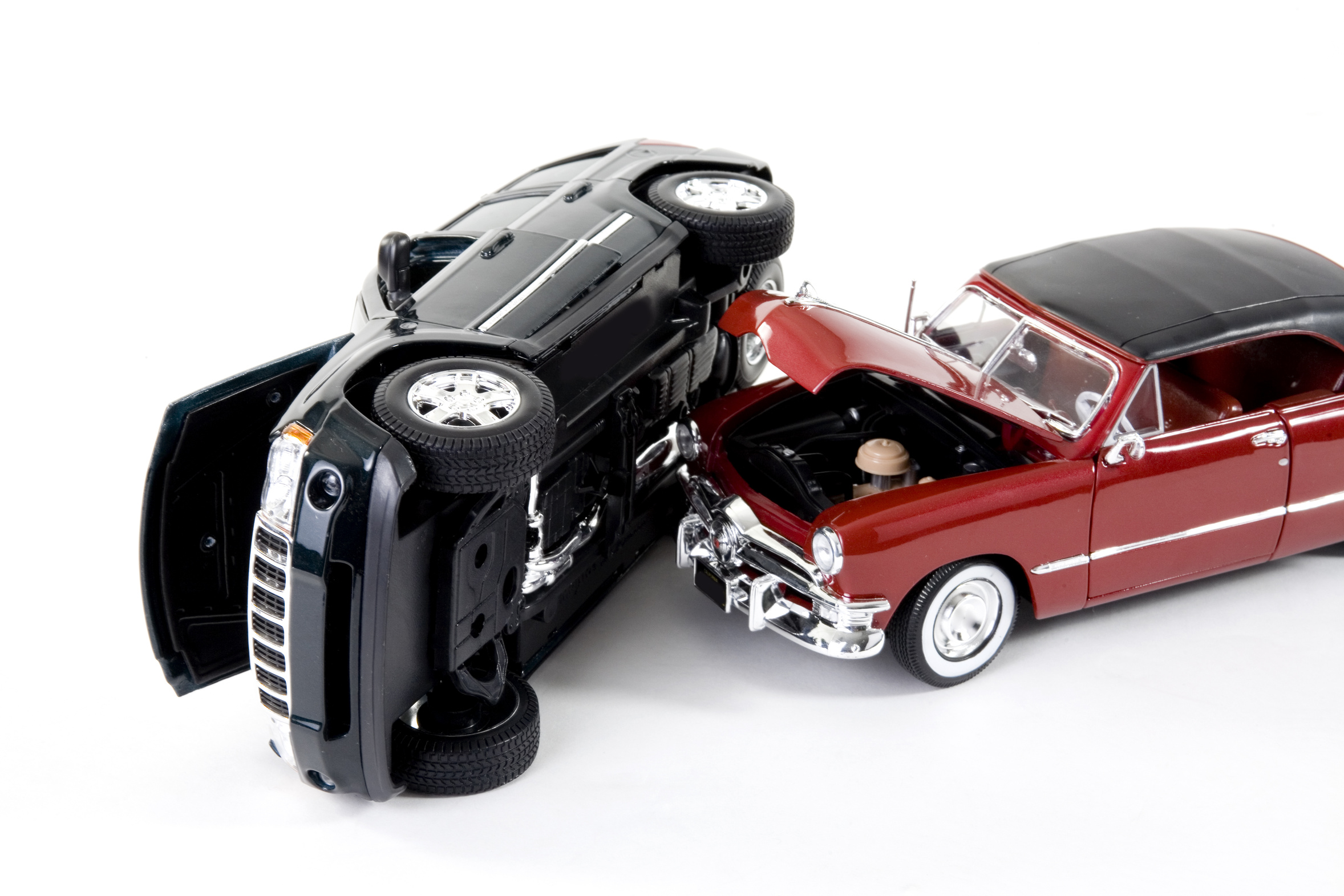Auto accidents can happen—yes, even to the best of us although nobody ever thinks it’s going to happen to us. You cannot predict the future, but you can be prepared with auto insurance for the vehicles in your household. The auto insurance policy can help cover repairs to your vehicle and medical costs in the event of an accident. From another angle, it protects you against financial loss. Simply put, auto insurance is a safety net. It is a contract between you and the insurance company. You agree to pay the premium and the insurance company agrees to pay your losses as defined in your policy. For understanding, we need to familiarize ourselves with two terms first of all- premium and deductible. A premium in insurance is the amount of money the insurance company charges you for a certain policy. A deductible is the financial responsibility that you have if you are to file a claim, that is, the amount of money that you are obliged to pay when damages occur as the result of an accident. Generally, auto insurance can offer financial protection if you cause injuries to others or damage their property in an auto accident. Insurance policies also cover costs incurred when your car is stolen or vandalized. To be specific, what protection you have is spelled out in your auto insurance policy.
Generally speaking, auto coverages break down into 3 distinct categories: liability, vehicle-based, and medical. While some are required and some are optional, a wide variety of options are available when it comes to insurance — there are actually seven different types of car insurance you can choose from in most cases. They are liability insurance, collision insurance, comprehensive insurance, uninsured /underinsured motorist protection, medical / personal-injury protection, no-fault insurance and gap insurance. We’ll talk about them one by one.
When your state requires that you carry some sort of insurance for your car, they’re usually looking for liability insurance. Liability insurance exists to pay for those things suffered by the other parties in an accident for which you are found to be at fault other than yourself. It usually makes sense to go beyond the minimum amount of liability insurance coverage required by most states if you can afford it because as it will provide extra protection in the event you are found at fault for an accident, as you are responsible for any claims that exceed your coverage’s upper limit. Collision insurance compensates the liability one as it will cover the repairs to your car. Collision insurance isn’t a must-have. It is more of a choice depending on the car’s value-whether it’s worth carrying collision coverage on it. While state laws mandate that all drivers should be insured, this is unfortunately not always the case. True to its name, comprehensive coverage applies to almost any type of loss that may occur, but not as a result of an auto accident. Such as weather damage, theft, etc. A comprehensive insurance policy is one of those things that are nice to have if it fits in your budget. Uninsured or underinsured motorist protection applies when someone is legally responsible for damages related to an accident, but you won’t receive any payment because they do not have coverage or you will receive less than you need to cover the cost of damages because your damages exceed their coverage amount. Medical / personal-injury protection covers your medical bills along with those of your passengers no matter who is to be blamed in the accident while no-fault insurance covers injuries and property damage. So far, no-fault insurance is available in twelve states. It is an added option for you to choose. Gap insurance is meant for drivers who still owe money on their cars and need to pay off the vehicle if it is totaled in an accident. It’s a good choice if you are still making car payments.

What kind of auto insurance you really need?
by
Tags:
